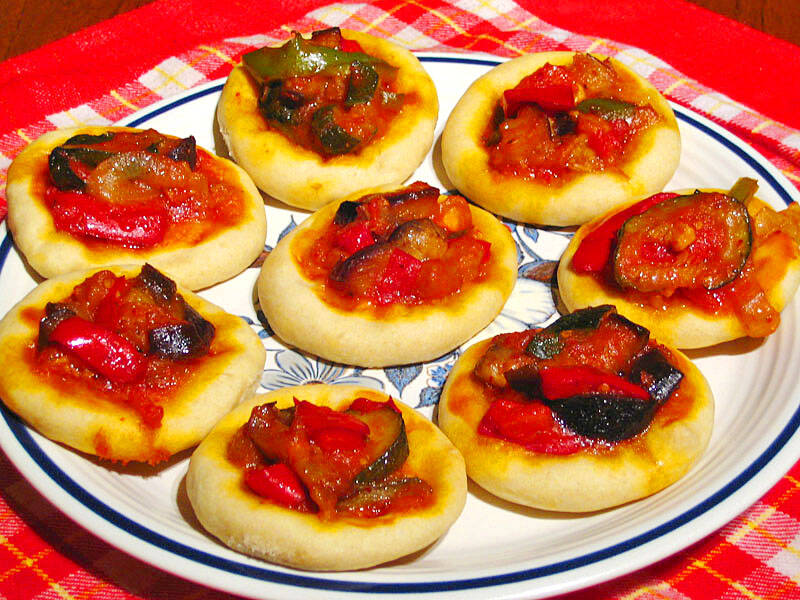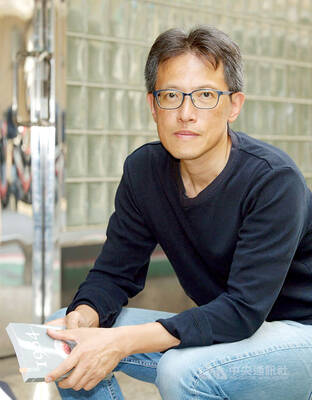Forget gazpacho, patatas bravas or the tang of paprika in your chorizo. Such dishes may be considered staples of the Mediterranean diet but a new exhibition celebrating Spain’s oldest surviving cookbook suggests medieval Spanish cuisine was nothing like its modern successor.
Dating from 1324, almost 170 years before Christopher Columbus made his first voyage to the Americas and sparked a new transatlantic trade in foodstuffs, the Book of Sent Sovi is a collection of 72 recipes written in Catalan by an unknown author.
According to the exhibition, which has opened at the University of Valencia, the book throws into relief how radically ingredients such as tomatoes, potatoes, chilli peppers, corn, peanuts and squashes — all unknown in Europe until the early 16th century — reshaped Spanish and, indeed, world cuisine.

Photo courtesy of Wikimedia Commons
“However, their impact wasn’t immediate and it wasn’t till the 18th century that these new ingredients began to be widely used in European cuisine,” said Juan Vicente Garcia Marsilla, a professor of medieval history at the University of Valencia, who curated the exhibition.
“For example, to begin with people used potato leaves to make hats but didn’t eat the potatoes.”
A key difference between the dishes of now and then was the amount of spice called for.
“Many people in Spain would find some of these recipes hard to stomach because of the quantity of spices,” said Garcia Marsilla. “The Romans brought pepper but many more spices were introduced by the Arabs.”
As spices came from far away, they were expensive and serving them to your guests became a status symbol, he said.
“The recipes in this book tell us how the elites of the epoch ate and reveals a complex cuisine using a surprising number of ingredients, especially the use of spices which seems to us more oriental than European. They liked to have a range of tastes, both sweet and savory, on the same plate.”
Typically, however, the main ingredient was served on its own or with a garnish. This tradition continues today throughout Spain, with vegetables generally served apart from meat or fish.
Some dishes from Sent Sovi would probably overwhelm the modern Spanish palate, and not just because of the spices. Take, for example, the salsa granada made with chicken stock, chicken livers, cinnamon, ginger, cloves, eggs and pig fat, among other ingredients.
Likewise, you don’t have to be a vegetarian to blanch at a plate of freixures (lungs) made with pig’s lungs and hearts with liver, onion, vinegar and spices. And while recipes for stuffed squid are not uncommon in modern Spanish cuisine, Sent Sovi goes one better with one for octopus stuffed with garlic, onion, cloves, mint, coriander and raisins.
The frequent use of almonds as a thickener or in sauces also probably derives from the significant Arab presence in Spain from the eighth until the 15th century.
“Something else we learn from this book is that the culture of sitting down to eat at table had begun to take root by the 15th century,” said Garcia Marsilla.
The exhibition, which is timed to mark the 700th anniversary of the book’s publication and runs until 4 May at the university’s La Nau cultural centre, includes other medieval recipe books, cooking pots and utensils, silverware and art depicting feasts and banquets. There are also conferences and tastings organized by the chef Jorge de Andres.

Mongolian influencer Anudari Daarya looks effortlessly glamorous and carefree in her social media posts — but the classically trained pianist’s road to acceptance as a transgender artist has been anything but easy. She is one of a growing number of Mongolian LGBTQ youth challenging stereotypes and fighting for acceptance through media representation in the socially conservative country. LGBTQ Mongolians often hide their identities from their employers and colleagues for fear of discrimination, with a survey by the non-profit LGBT Centre Mongolia showing that only 20 percent of people felt comfortable coming out at work. Daarya, 25, said she has faced discrimination since she

April 21 to April 27 Hsieh Er’s (謝娥) political fortunes were rising fast after she got out of jail and joined the Chinese Nationalist Party (KMT) in December 1945. Not only did she hold key positions in various committees, she was elected the only woman on the Taipei City Council and headed to Nanjing in 1946 as the sole Taiwanese female representative to the National Constituent Assembly. With the support of first lady Soong May-ling (宋美齡), she started the Taipei Women’s Association and Taiwan Provincial Women’s Association, where she

It is one of the more remarkable facts of Taiwan history that it was never occupied or claimed by any of the numerous kingdoms of southern China — Han or otherwise — that lay just across the water from it. None of their brilliant ministers ever discovered that Taiwan was a “core interest” of the state whose annexation was “inevitable.” As Paul Kua notes in an excellent monograph laying out how the Portuguese gave Taiwan the name “Formosa,” the first Europeans to express an interest in occupying Taiwan were the Spanish. Tonio Andrade in his seminal work, How Taiwan Became Chinese,

More than 75 years after the publication of Nineteen Eighty-Four, the Orwellian phrase “Big Brother is watching you” has become so familiar to most of the Taiwanese public that even those who haven’t read the novel recognize it. That phrase has now been given a new look by amateur translator Tsiu Ing-sing (周盈成), who recently completed the first full Taiwanese translation of George Orwell’s dystopian classic. Tsiu — who completed the nearly 160,000-word project in his spare time over four years — said his goal was to “prove it possible” that foreign literature could be rendered in Taiwanese. The translation is part of